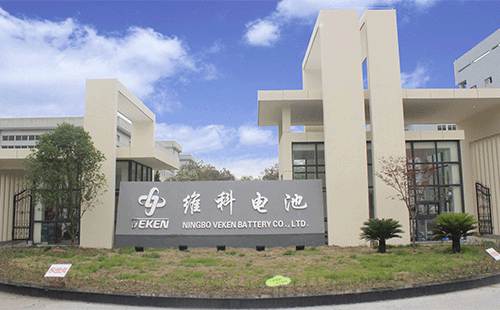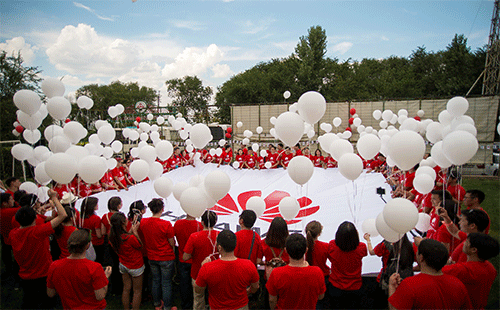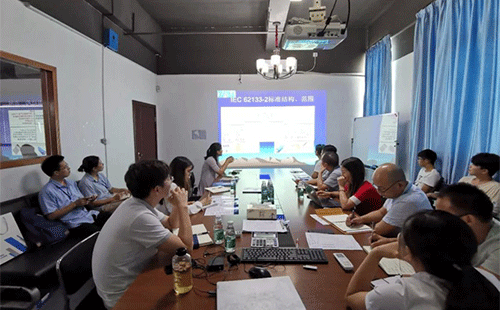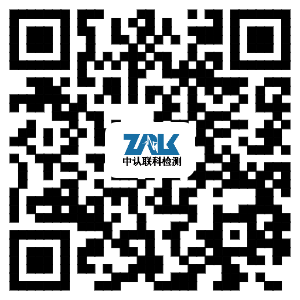Nowadays, rechargeable lithium batteries such as mobile phones, laptop computers, camcorders, and remote control toys are already very popular electronic products, so the demand for lithium battery cargo transportation is increasing. UN Handbook for the Transport of Dangerous Goods "Handbook Section 38.3 Section 3 is the generally accepted UN38.3 certification, which is a UN regulation specifically formulated for the transportation of dangerous goods requiring lithium batteries to pass a high degree, simulation, high and low temperature cycles, vibration test , Impact test, 55C ring temperature short-circuit test, impact test, overcharge and forced discharge test. UN38.3 is suitable for air transportation and daily storage and other processes.
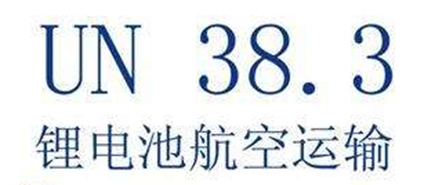
Lithium battery UN38.3 testing items:
1. Test conditions
In order to simulate low-pressure (high altitude) transportation, all samples to be tested need to be stored for more than 6 hours at a negative temperature of 205C and atmospheric pressure ≤11.6kPa. The vacuum drying oven can be used as follows: 1.2 Basic judgment. The battery test requires no weight loss, leakage, exhaust, disintegration, combustion, explosion, damage and other phenomena after completion. The open circuit voltage is not less than 90% of the pre-test voltage.
2. Temperature test
In this test, rapid and extreme temperature changes are used to evaluate the seal integrity and internal electrical connections of the test sample. Put the sample under the high temperature and low temperature of 7542C and the rapid temperature shock of -40+2C. The conversion time under the two extreme temperature conditions is ≤30min, and the total impact is 10 times. The storage time at this extreme temperature is ≥6 hours, and then at room temperature Store at (20±5℃) for 24 hours, at least one week in total.
3. Vibration test
In order to simulate the vibration generated during transportation, the measured sample is fixed on the plane of the vibration table with a rope or tape. The sine wave is used to set a frequency between 7 and 200 Hz. The logarithmic scanning time is 15 minutes, the three-dimensional vibration direction is 12 times, and the total time is 3h.
4. Impact test
In order to simulate the possible impact during transportation, the sample is fixed to the test device with a hard bracket that supports all mounting surfaces of the sample. Using a half-sine wave shock, set a maximum acceleration of 150gn and a pulse time of 6ms. In the three-dimensional installation direction, the positive and negative shocks are three times, affecting a total of 18 times. If it is a large battery or a large battery pack, the maximum acceleration is 50gn and the pulse time is 11ms half-sine wave shock.
5. External short circuit test
Connect the thermocouple of the measurement sample to the electric blast furnace under full charge. The red wire clip is connected to the battery cathode. The black clip clamps the battery negative pole. Pull the clip out of the box to adjust the temperature in the box. The surface temperature of the sample is stable at 55±2. ℃. Test the resistance value of the lead wire of the clip, control the total resistance value below 0.12, and then connect the positive and negative clamp wires together to short-circuit the measurement sample. At this time, the surface temperature of the battery will rise, and the temperature will drop after a period of time. The short-circuit time until the battery temperature returns to 55±2C1h, and observe 6h. The following content and "The test requires that within 6 hours after completion, there is no disintegration, damage, burning and other phenomena, and the battery surface temperature should be ≤ 170 ℃.
6. Impact test
Place the thermocouple on the sample on a flat surface. The rigid rod with a diameter of 15.8 mm is placed vertically in the middle of the battery. The 9.1 kg weight comes from a free fall of 61±2.5 cm. Hit the rod to monitor the surface temperature of the battery in real time and observe for 6 hours. For 10 samples, each sample is only impacted once. The test requires no disintegration, combustion and other phenomena within 6 hours, and the battery surface temperature should be ≤170C.
7. Overcharge test
In order to evaluate the ability of the rechargeable battery pack to withstand the overcharge state, the charging current is set to twice the maximum continuous charging current specified by the manufacturer, and the charge cut-off cut-off voltage is divided into two cases:
(1) If the charging voltage is less than or equal to 18V, the charging cut-off voltage is set to twice the maximum charging voltage or twice 22V:
(2) If the charging voltage is greater than 18V, set the charging cut-off voltage to 1.2 times the maximum charging voltage. Note that the positive and negative can not be reversed, and should be added to the explosion-proof net cover, the battery pack exceeds 24h, after the test, there should be no disintegration and burning within 7 days.
8. Simultaneously conduct forced discharge test
In order to evaluate the battery's ability to withstand forced discharge, a DC power supply, a slip line rheostat, an ammeter and the battery are connected in series and built into the discharge circuit. Adjust the output voltage of the DC power supply to 12V, and adjust the slip line varistor to make the discharge current to the maximum discharge current specified by the manufacturer and enter the discharge state. The forced discharge time should be equal to its nominal capacitance divided by the test current. After the test, there should be no disintegration and combustion within 7 days.
If no lithium battery is installed in the device, and each package contains more than 24 battery cells or 12 batteries, you need to pass this test. On the cement floor, lay a piece of hardwood 18-20mm thick. At room temperature of 205C, the package falls freely from the height of 1.2m onto the board. From the package up and down, left and right, back and forth in six directions, one drop in each direction, It is required that the battery has no leakage, disassembly, burning, explosion, damage, etc.
For more information about the UN38.3 certification of lithium-ion batteries, you are welcome to call our staff directly to obtain detailed information on fees, quotations and cycles.
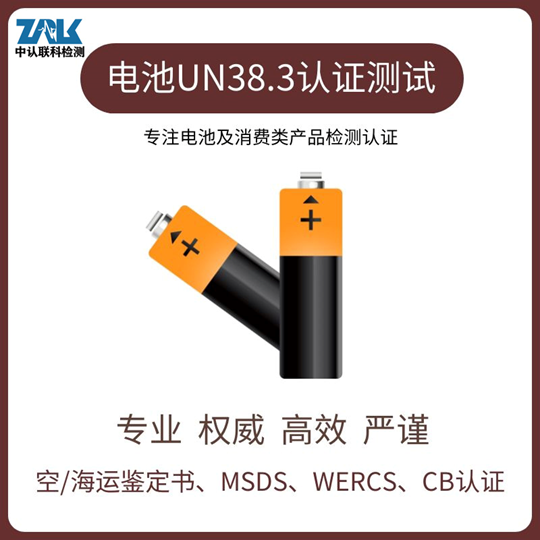



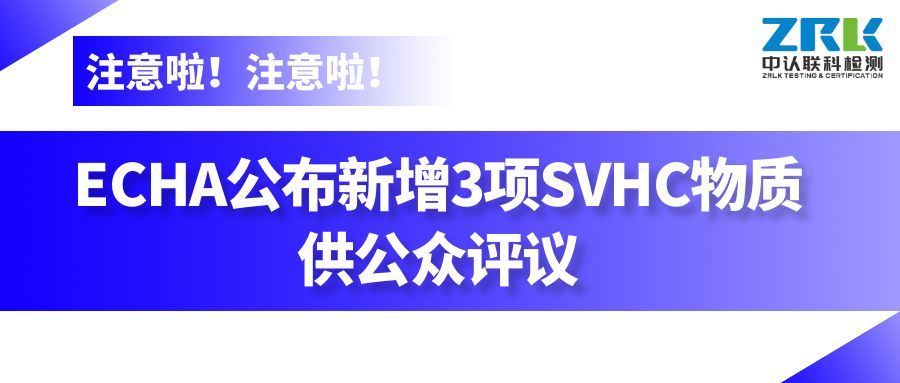
![[Compliance Warning] 16 new CMR substance restrictions in EU REACH Annex XVII have come into effect! Relevant enterprises need to check as soon as possible](/uploads/image/202509/68c1499597ee0.jpg)
